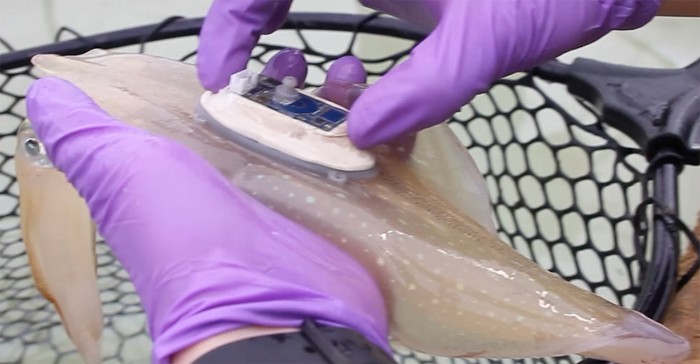Advertisement
Grab your lab coat. Let's get started
Welcome!
Welcome!
Create an account below to get 6 C&EN articles per month, receive newsletters and more - all free.
It seems this is your first time logging in online. Please enter the following information to continue.
As an ACS member you automatically get access to this site. All we need is few more details to create your reading experience.
Not you? Sign in with a different account.
Not you? Sign in with a different account.
ERROR 1
ERROR 1
ERROR 2
ERROR 2
ERROR 2
ERROR 2
ERROR 2
Password and Confirm password must match.
If you have an ACS member number, please enter it here so we can link this account to your membership. (optional)
ERROR 2
ACS values your privacy. By submitting your information, you are gaining access to C&EN and subscribing to our weekly newsletter. We use the information you provide to make your reading experience better, and we will never sell your data to third party members.

What’s squishy, pink, and capable of encrypting information? This QR-coded hydrogel, printed by University of Calgary biomedical engineering PhD student Zhangkang Li.Li encodes information into hydrogels by exposing a dish of functionalized polyvinyl alcohol (PVA) to visible light, which triggers crosslinking between the polymer strands. By projecting a pattern of light from a stereolithography 3D printer onto the gel, Li can write that pattern into the PVA’s crosslinked structure. But the pattern isn’t immediately visible upon printing. The information contained in the gel is revealed only after the gel is put into a saline solution for several hours. When the gel absorbs the saline, it swells. The amount of swelling in a given area differs based on how dense the crosslinks are, causing the printed pattern to emerge as the gel takes up the liquid. Li says it’s possible to print gels with a wide variety of hidden features. This particular QR code launches a weblink to his lab’s website.
Submitted by Zhangkang Li
Do science. Take pictures. Win money. Enter our photo contest here.



Join the conversation
Contact the reporter
Submit a Letter to the Editor for publication
Engage with us on Twitter